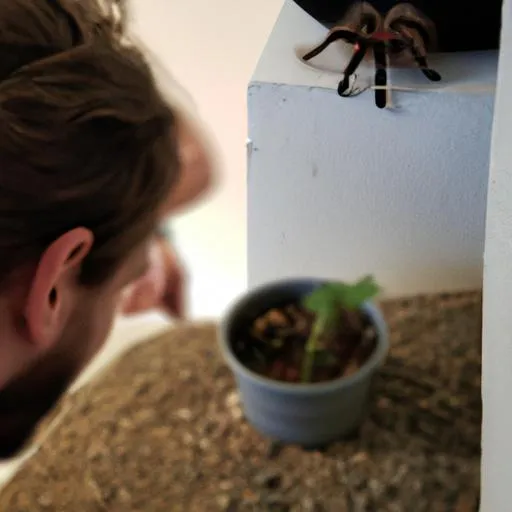Understanding the Curly Hair Tarantula
The Curly Hair Tarantula (Tliltocatl albopilosus), a beloved pet among tarantula enthusiasts, hails from the tropical regions of Costa Rica. These captivating creatures are known for their distinctive appearance and relatively docile temperament, making them a great choice for beginners. However, understanding their specific needs is vital to ensure their well-being and longevity. This comprehensive guide will provide you with all the necessary information on how to properly care for a Curly Hair Tarantula, from habitat setup to feeding and health maintenance. Proper care involves creating a suitable environment that mimics their natural habitat, providing them with a balanced diet, and understanding their behavior. By following these guidelines, you can enjoy the fascinating experience of keeping these amazing spiders as pets.
Appearance and Characteristics
As their name suggests, Curly Hair Tarantulas are easily identified by their characteristic fuzzy, curly hairs that cover their bodies, giving them a unique, charming appearance. The hairs are typically a light brown to golden color, contrasting with their darker carapace and legs. Adult females can grow to a leg span of about 5 to 6 inches, while males tend to be slightly smaller. They possess powerful fangs, used for injecting venom into their prey, but they are generally not considered aggressive towards humans. These tarantulas have a relatively calm disposition and are generally manageable, making them a good choice for those new to tarantula ownership. Always observe your tarantula’s behavior, and be prepared for some defensive behaviors such as raising their front legs, which is a sign that they feel threatened.
Lifespan and Growth
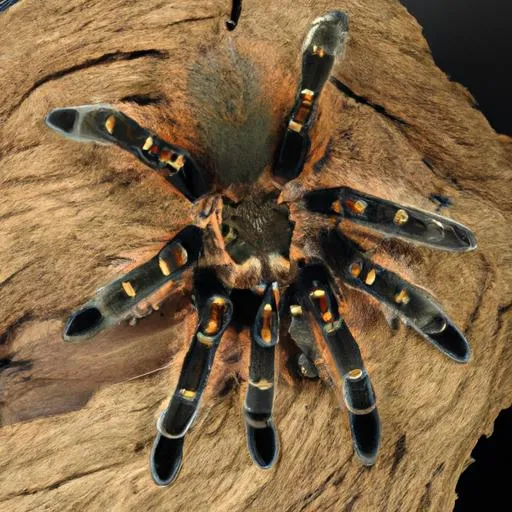
One of the appealing aspects of owning a Curly Hair Tarantula is their relatively long lifespan. Females can live for up to 10 years or even longer, while males typically have a shorter lifespan, usually around 3 to 5 years. This longevity makes them a long-term commitment. The growth rate of a Curly Hair Tarantula is dependent on factors like feeding frequency and temperature. They go through a process called molting, where they shed their exoskeleton to grow. Young tarantulas molt more frequently, sometimes every few months, while adults molt less often, usually once a year or even less. During molting, it is crucial to avoid disturbing the tarantula and maintain optimal humidity to ensure a successful process. Knowing about this is crucial for responsible pet ownership.
Creating the Ideal Curly Hair Tarantula Habitat
Creating the right habitat is essential for the health and happiness of your Curly Hair Tarantula. The enclosure should provide a safe, secure, and comfortable environment that mimics its natural habitat. The size of the enclosure should correspond to the size of your tarantula; a good rule of thumb is to provide a space that is at least three times the tarantula’s leg span in width and length. The enclosure should also have a secure lid to prevent escapes and provide adequate ventilation to maintain air circulation. The following details are essential for a comfortable habitat.
Choosing the Right Enclosure
A suitable enclosure should be made of clear, durable material, such as glass or acrylic. Avoid enclosures with mesh lids, as they can pose a risk to the tarantula’s legs and can make it harder to maintain humidity. The enclosure should have adequate ventilation to prevent the buildup of condensation and mold, while still maintaining appropriate humidity levels. Ensure that the enclosure has a secure lid, ideally with a locking mechanism, to prevent escapes. Consider the size of the tarantula when selecting an enclosure; juveniles need smaller spaces than adults. The enclosure should be easy to clean and maintain, with the option to add décor and substrate. Select a design that allows for proper viewing and observation.
Substrate and Decor
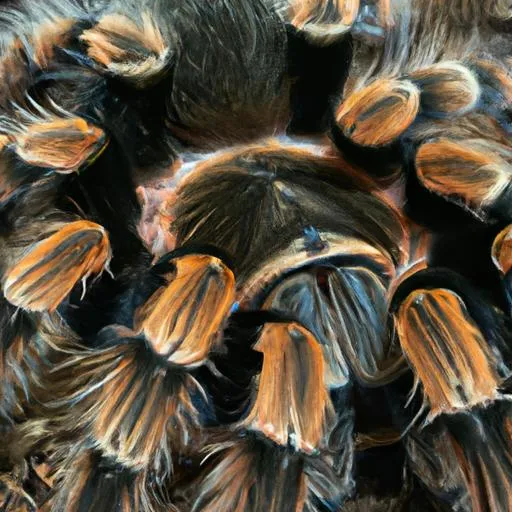
The substrate is the bedding material that covers the bottom of the enclosure and is crucial for maintaining humidity and providing a natural environment. A substrate mix of coconut fiber, peat moss, and a small amount of vermiculite is generally recommended. This combination holds moisture well and provides a good burrowing medium. The depth of the substrate should be sufficient for the tarantula to burrow, which helps them feel secure. The depth of the substrate may be up to 6 inches for adults. Decorating the enclosure with artificial plants, cork bark, and other naturalistic elements enriches the environment and provides hiding places. These elements help the tarantula feel safe and reduces stress, while also adding aesthetic appeal. Always ensure the decorations are non-toxic and safe for the tarantula.
Temperature and Humidity
Maintaining the correct temperature and humidity levels is vital for the health and well-being of your Curly Hair Tarantula. The ideal temperature range is between 75°F and 80°F (24°C and 27°C). A heat mat or a low-wattage heat lamp can be used to maintain these temperatures, but always ensure the heat source is regulated to prevent overheating. Humidity levels should be maintained between 65% and 75%. Use a hygrometer to measure the humidity and adjust the substrate moisture or ventilation as needed. Mist the enclosure lightly with water every few days, being careful not to over-saturate the substrate. Proper temperature and humidity are crucial during molting and can prevent problems.
Feeding Your Curly Hair Tarantula
Proper nutrition is essential for your Curly Hair Tarantula to thrive. A well-balanced diet ensures healthy growth and development. The tarantula’s feeding habits change as they grow. Young tarantulas need more frequent feeding compared to adults. Here are some tips on how to feed your pet spider.
What to Feed
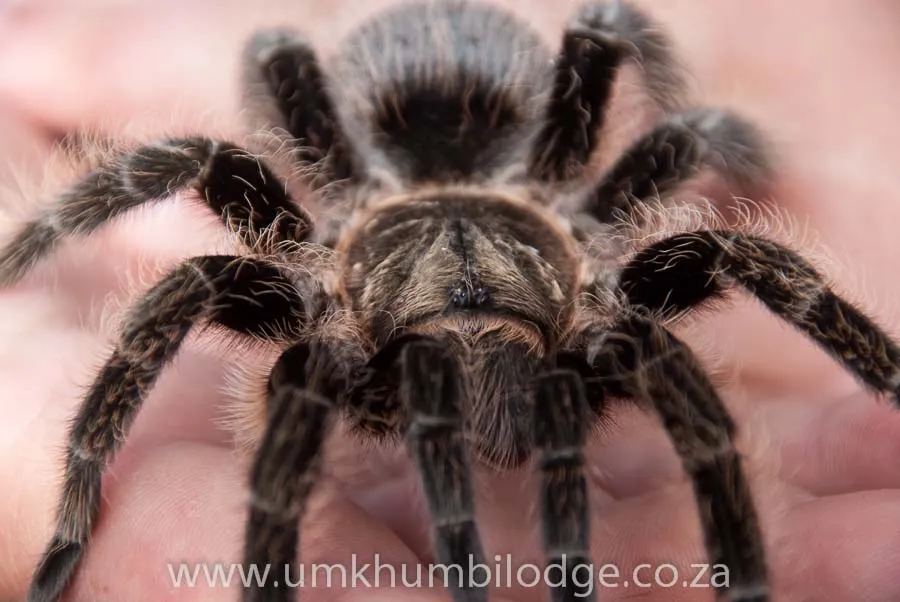
Curly Hair Tarantulas are primarily insectivores, meaning their diet consists mainly of insects. Appropriate food items include crickets, mealworms, roaches, and other commercially available feeder insects. Always ensure the feeder insects are gut-loaded before feeding them to your tarantula. This process involves feeding the insects nutritious food items, such as fruits and vegetables, to enhance their nutritional value. Avoid feeding wild-caught insects, as they may carry parasites or pesticides that could harm your tarantula. Variety is key; offering different types of insects helps provide a balanced diet. Always remove uneaten food items within 24 hours to prevent the growth of mold and mites. Feeding your tarantula the right food is important for their health.
Feeding Frequency
The feeding frequency depends on the tarantula’s age and size. Spiderlings (young tarantulas) should be fed 2-3 times per week, while juveniles can be fed 1-2 times per week. Adult tarantulas can be fed once a week or even less frequently, depending on their appetite. Observe your tarantula’s abdomen size; a well-fed tarantula will have a rounded abdomen. Reduce the feeding frequency if the tarantula’s abdomen appears overly plump or before a molt. Always provide fresh, clean water in a shallow dish for the tarantula to drink from. Regular feeding and watering are critical for your spider’s health.
Watering and Hydration
Providing access to fresh, clean water is crucial for your Curly Hair Tarantula’s hydration. A shallow water dish should always be available in the enclosure. Use a small, shallow dish to prevent the tarantula from drowning. Change the water regularly, at least every other day, to keep it clean and prevent the growth of bacteria. You can also mist the enclosure lightly with water every few days to maintain humidity and provide an additional source of hydration. Monitor the water dish and adjust the frequency of misting according to the humidity levels. Adequate hydration is essential for overall health and helps the tarantula during the molting process.
Handling and Safety Precautions
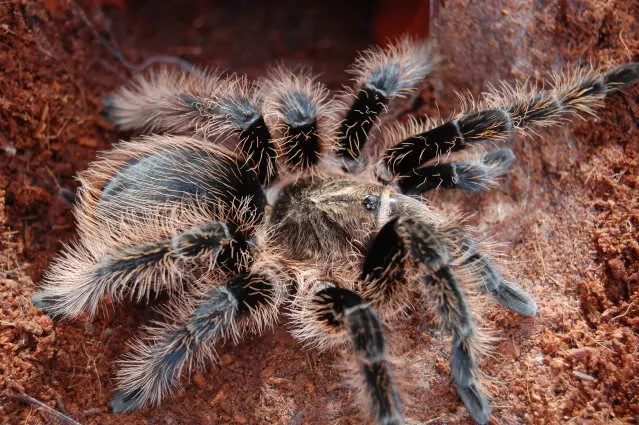
While Curly Hair Tarantulas are known for their relatively docile temperament, it is important to handle them with care and respect. Handling should be kept to a minimum, as it can stress the tarantula. Always wash your hands thoroughly before and after handling your tarantula, and take the appropriate safety precautions.
How to Handle
If you choose to handle your Curly Hair Tarantula, do so with caution and respect. Always approach the tarantula slowly and gently. Encourage the tarantula to walk onto your hand rather than trying to pick it up. Avoid sudden movements or loud noises that could startle the tarantula. Handle the tarantula over a soft surface, such as a bed or a sofa, in case it falls. Never hold the tarantula high above the ground. Be mindful of the tarantula’s sensitive hairs, as brushing against them can cause irritation (urticating hairs) for the handler. Remember, the tarantula’s safety is paramount; handling should be minimized to reduce stress.
Recognizing Stress Signs
It is essential to recognize signs of stress in your Curly Hair Tarantula. These signs include the tarantula flicking its urticating hairs, raising its front legs in a defensive posture, or attempting to escape. If you observe any of these behaviors, immediately stop handling the tarantula and allow it to return to its enclosure. Stress can lead to health issues and can affect the tarantula’s behavior. Always provide a calm and secure environment and avoid unnecessary disturbances. The most important sign of stress is a sudden and unexplained change in behavior. Understanding the signs is important for the well-being of your pet.
Common Health Issues and Preventative Care
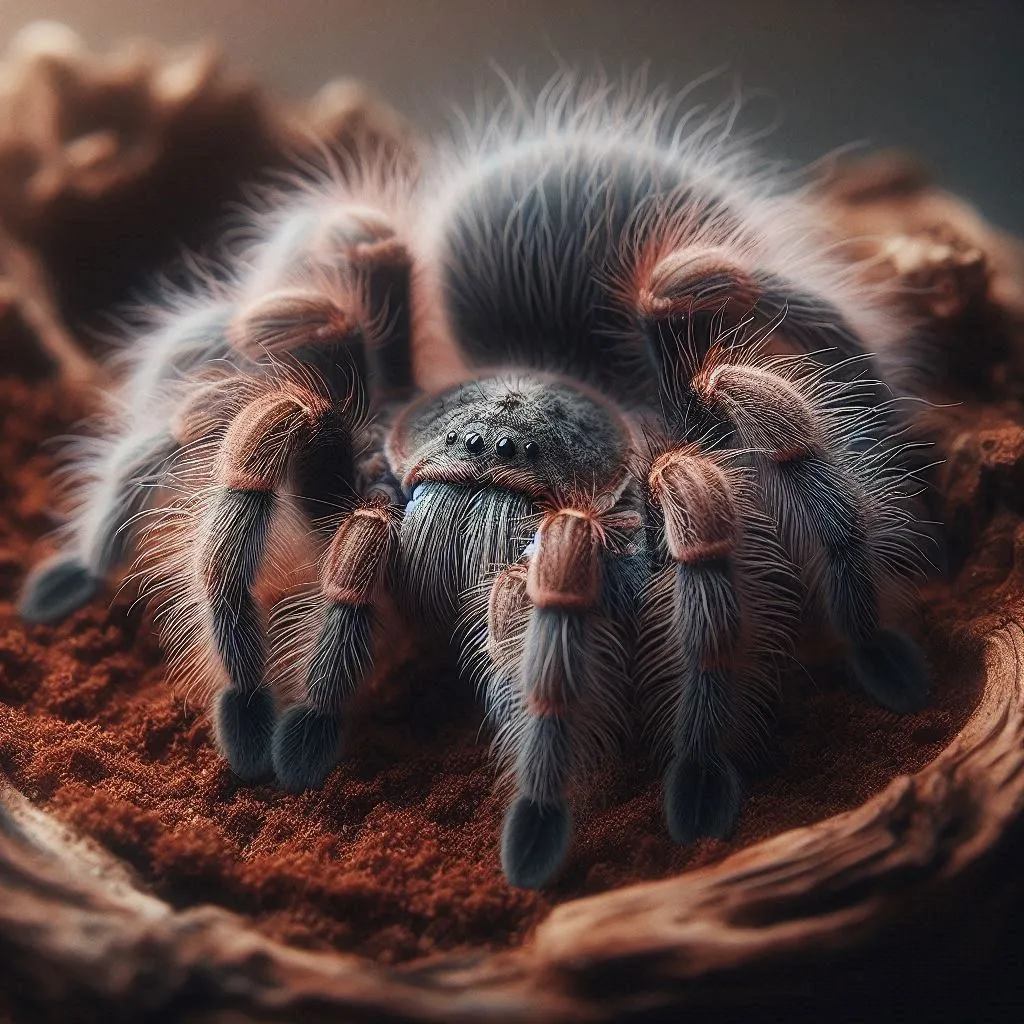
While Curly Hair Tarantulas are generally hardy, they can be susceptible to certain health issues. Proper care and preventative measures are essential to keep your tarantula healthy and thriving.
Moulting Process
Moulting is a natural process for tarantulas, during which they shed their exoskeleton to grow. It’s a vulnerable time for your spider. During this process, the tarantula may stop eating and become less active. Create the ideal environment to help your spider through the molting process. Increase humidity and leave the tarantula undisturbed. After molting, the tarantula’s new exoskeleton is soft, and it will need time to harden. Do not feed the tarantula until its fangs have fully hardened, usually about a week after the molt. Provide a quiet and undisturbed environment during and after moulting, and do not handle the tarantula until its fangs have hardened.
Parasites and Diseases
Curly Hair Tarantulas are generally resistant to diseases, but they can be susceptible to parasites, such as mites. Mites can infest the tarantula and the enclosure, and can cause irritation and health problems. Regular cleaning of the enclosure and maintaining appropriate humidity levels can help prevent mite infestations. If you notice any mites, isolate the tarantula and thoroughly clean the enclosure, replacing all substrate and décor. Provide fresh, clean water, and consult with a veterinarian specializing in exotic animals for treatment recommendations. Other potential health issues include fungal infections and injuries from falls. Always quarantine new tarantulas before introducing them to other pets. Early detection is important for keeping your pet safe.
Breeding Curly Hair Tarantulas
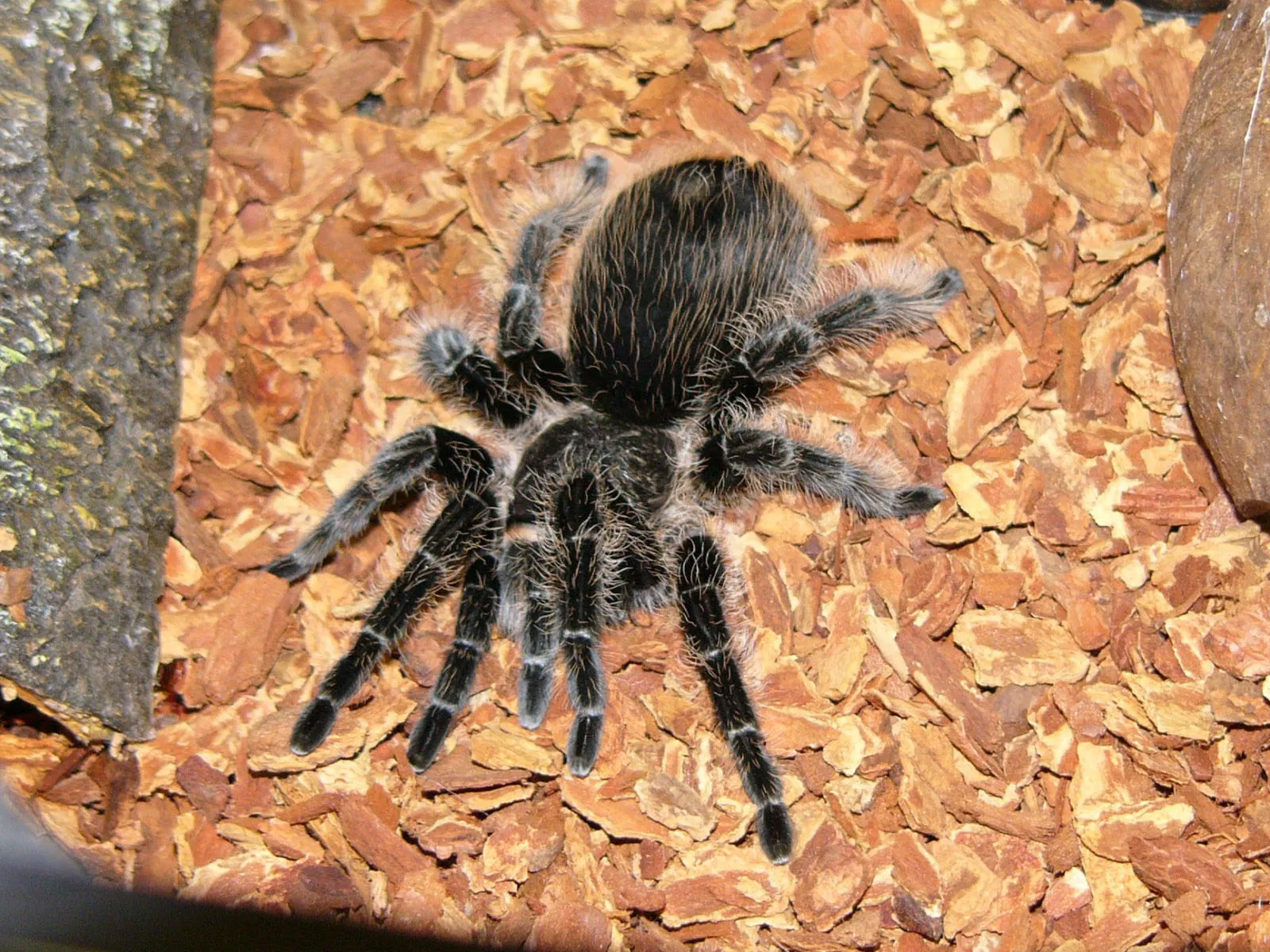
Breeding Curly Hair Tarantulas is a rewarding experience for experienced keepers, but it requires careful planning and knowledge. Breeding involves understanding the tarantulas’ life cycles, mating behaviors, and proper care for the offspring. It’s a project that requires time and a degree of skill. Here are some key factors to consider.
Identifying Sex
Determining the sex of a Curly Hair Tarantula is essential for breeding. The most reliable way to determine sex is by examining the tarantula’s molt. After a molt, the exuvia (shed exoskeleton) of the tarantula can be inspected for the presence of spermathecae (in females) or hooks on the front legs (in males). These physical characteristics can only be identified by an experienced tarantula keeper. Observing the tarantula’s behavior can also give some clues; males will often display a characteristic courtship dance.
Mating and Egg Sacs
If you have successfully identified a male and female Curly Hair Tarantula, you can attempt to breed them. Introduce the male to the female’s enclosure and supervise their interaction. If the female is receptive, the mating process will begin. After mating, separate the male from the female to prevent the female from eating the male. The female will then lay eggs and create an egg sac. The egg sac will contain the developing spiderlings, which the female will protect and care for until they hatch. The incubation period varies, but it can take several weeks. Once the spiderlings hatch, they need specialized care, including providing food and water. Breeding Curly Hair Tarantulas requires patience, knowledge, and dedication.
